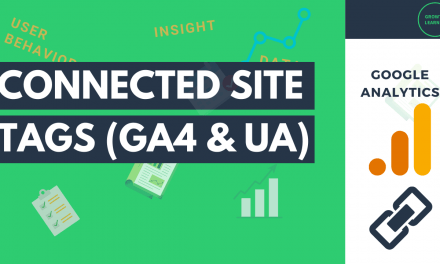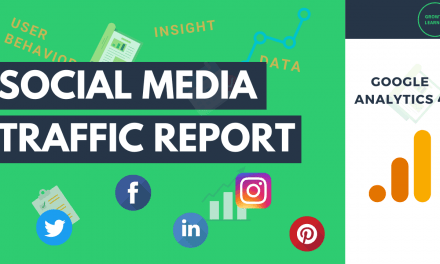Creating a Google Analytics 4 Dashboard in Looker Studio | From a Fortune 500 Digital Analyst
Disclosure: Some of the links are ‘affiliate links.' This means if you click on the link and purchase a product, I will receive a commission. There is no additional cost to you!
Google Analytics 4 is a powerful tool that can help you track your website’s performance. However, as you can see in this comprehensive, one hour and forty-minute tutorial video, it’s a bit different from previous versions of Google Analytics, like Universal Analytics.
For one, it doesn’t have a specifically named dashboard section, but you can customize the out-of-the-box reports and dashboards.
Instead of custom reports from Universal Analytics, again you have the ability to customize reports as shown in the video above. There’s a section in Google Analytics 4 called Explorer reports where you can create different charts and tables with different dimensions and metrics.
For example, here’s a video showing how you can use Explorer reports to find social media traffic data.
The Google Analytics 4 Explorer reports, however, are geared towards data analysis and exploration.
Not to mention, some of the dimensions and metrics, like default channel grouping, pageviews, and bounce rate, are different in Google Analytics 4. Their definition has changed and/or they’re named differently.
If you want to share Google Analytics 4 data, dashboards, and reports, the best way is to use a more accessible reporting tool like Google Looker Studio. You can do that by using the same data source and reporting property that you use for your website or web property in your Google Analytics 4 account (see video below for the tutorial).
Creating a Google Analytics 4 Looker Studio Dashboard
This dashboard allows you to view your website’s traffic data, including key performance indicators (KPIs) in a variety of ways. It also provides you with an overview of your website’s performance.
A good layout to use for your Google Analytics 4 Looker Studio dashboard follows the ABCs of web analytics, which has been mentioned by Avinash Kaushik. The ABCs of web analytics covers the entire user journey.
- A is for acquisition of traffic and users.
- B is for behavior on your web property.
- C is for conversions (outcomes).
This format can be used for Fortune 500 companies, enterprise organizations, midsize businesses, and small businesses. No matter what kind of organization you’re working with, users of your web property or website will go through each stage of this user journey.
Here’s an example of a Google Analytics 4 Looker Studio dashboard for the Google Merchandise store.
AUTHOR: Isaiah Stone
Isaiah Stone is a digital analyst in the consumer goods industry. He is fascinated with productivity, business growth, and accomplishing more.







